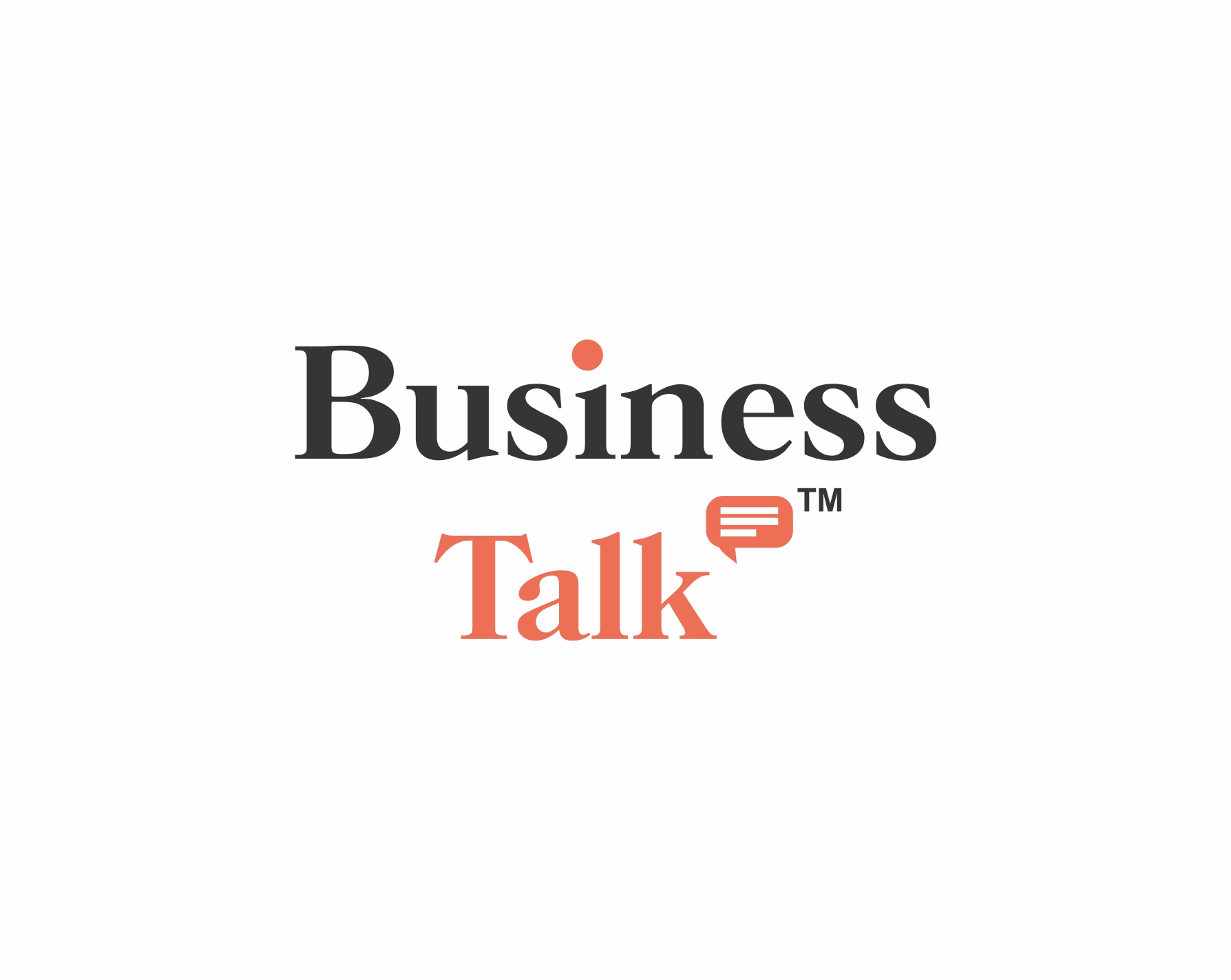The purpose of DevOps is to transform the SDLC into an essential tool for every business by bringing together the development and operations teams. It’s critical to pick the appropriate instruments in order to accomplish this goal. Numerous DevOps solutions have been built as a result of technological improvement to enhance teamwork and development. Choosing the appropriate DevOps tools is also a difficult decision. Are you interested in learning what these tools are? Today, we’ll look at the best DevOps innovations for making the lives of development teams easier. Here are the top 10 DevOps tools to checkout in 2025.
Top 10 DevOps Tools to Checkout in 2025
1. Git
Git is the most widely used, open-source, distributed software versioning system. Git offers a number of sets of commands that are used for various tasks. It operates using a client-server architecture, which essentially means that the primary code repository is kept on a centralised server. Multiple clients or developers can simultaneously download code from the primary repository. It allows teams from diverse geographical locations to work together on the same project. Git is widely used in the CI/CD pipelines of well-known firms including Google, Facebook, Microsoft, and Netflix. Given its recognition and widespread use, Git Is definitely among the top 10 DevOps tools to checkout.
2. Jenkins
Jenkins is an open-source automation server. Built on Java, it is used in providing automation in continuous delivery pipelines. A Jenkins server can take an application from the development section to testing, QA, and so on until it reaches the delivery state. By staying in the middle of the CI/CD pipeline, a Jenkins server automates the whole process. This means whenever a developer commits a change in a code that code will automatically be visible to the testing server or QA team. Global tech giants like Microsoft, Redhat, and Rackspace use Jenkins as their preferred DevOps tool. It is definitely among the top 10 DevOps tools to checkout.
3. Puppet
Puppet is a free and open-source DevOps configuration management tool. It is a market-leading automation tool for IT automation, CI/CD, patch management, compliance, configuration management, and more. The platform allows to execute of the same set of configurations repeatedly on the same computer without risk, unlike with other configuration management solutions. This indicates that the puppet continuously verifies the configurations once they have been deployed on any computer at predetermined times. Owing to its GUI and its cross-platform, it can be used on both Unix and Microsoft Windows. Puppet is used by companies like Microsoft, Google, and Accenture, among others.
4. Nagios
Nagios is used to monitor infrastructure continuously from a single server, including servers, applications, and networks. Clients can check to see if switches are operating properly, if servers are not overloaded, or if any component of the software is offline. It offers a beautiful GUI interface to examine various data such as how much RAM is being used, the fan speed, switch routing tables, or the status of the SQL server. Because of its modular architecture and support for NRPE plugins, Nagios can be expanded with additional monitoring metrics.
5. Chef
Chef is a configuration management application used to manage configurations like adding or removing a user, installing or uninstalling a service, adding an SSH key to a user present on several nodes, etc. The platform is made up of three parts: the Chef server, the workstation, and the nodes. The Chef Server serves as the central storage location for all of the infrastructure’s specifics. Every recipe that pushes certain settings to the chef architecture is found on the chef workstation. Chef is used to configure nodes, which are very simple machines. AWS, Azure, and Rackspace all support Chef’s APIs, making it simple to utilise with the infrastructure-as-code paradigm.
6. SVN
SVN, often known as Subversion, is an open-source, centralised software versioning and revision control system. Because it is a centralised system, each time an associate or client wishes to make changes to the code, they must notify the primary server or repository. The client must establish a connection with the primary server before using an SVN repository. It is capable of downloading the repository from the server by verifying the code. The client continues by making modifications to this code and publishing those changes to the main repository. These modifications will be accessible to clients or other team members from the main repository.
7. Rational ClearCase
For the purpose of managing software configuration, Rational ClearCase is employed. An encrypted data repository serves as the brain of ClearCase. It contains information that is shared by all users, such as past data on process development and accounting information. There are three ClearCase products: Rational ClearCase, which is best for medium-sized to big squads, Rational ClearCase LT, which is best for small to moderate teams, and Rational ClearCase multisite, which is best for teams that are spread out geographically. ClearCase can be used in hardware as well as software development.
8. Maven
Maven is an automation tool for automating the software development process and resolving dependencies. Using a project object model, or POM, a Maven project is set up. The dependencies on external modules and components, and directories are all detailed in an XML file that contains the blueprint of the project. Maven has the ability to dynamically download these third-party modules and Maven plugins while the coding is being done. It can create and oversee projects in a variety of languages, including Java, C#, Scala, and Ruby. The Apache Foundation heavily relies on Maven to automate the development of some of its biggest projects, including Apache Hadoop.
9. Kubernetes
Kubernetes is an open-source container orchestration platform created by Google for use in constant deployment and automatic scaling of container clusters. It improves load balancing and fault tolerance in a container cluster. Kubernetes keeps a cluster in the intended state, which is specified in the YAML file. The replication unit and pod states for a cluster are contained in the YAML file. Kubernetes is employed in high-performance data centres, including those of Google, Facebook, and Amazon Web Services.
10. SignalFx
SignalFX is a full-featured tracking tool that Splunk recently bought. It can gather traces, metrics, and events from apps and infrastructure to assist users in understanding not just the system’s health but also why an action is occurring. Teams can work more quickly to resolve problems thanks to this, which also links business needs for application and infrastructure tracking. With its high cardinality analytics, function mapping, and thorough dashboards and visualisations, SignalFx is excellent for debugging and post-incident inspections.
Conclusion
Those are our selections of the top 10 DevOps Tools to checkout in 2025. You can carry out the same activity using several tool types depending on your business objectives, and you can utilise multiple types of DevOps tools in your Operational strategy. We genuinely hope the tools listed here will aid in your decision-making regarding the tools that should comprise your stack.
Also Read:
- Top 10 Business Intelligence Training Institutes in India
- Top 10 Blockchain Development Companies
- Top 10 Cybersecurity Certifications to Boost your Career

Business Talk is a digital business magazine that caters to CEOs, Entrepreneurs, VC, and Corporates. While working with entrepreneurs and business executives, we focus not only on their achievements. Our mission is to shed light on business entities, including their innovations, technological benchmarks, USPs, and milestones/accolades.













